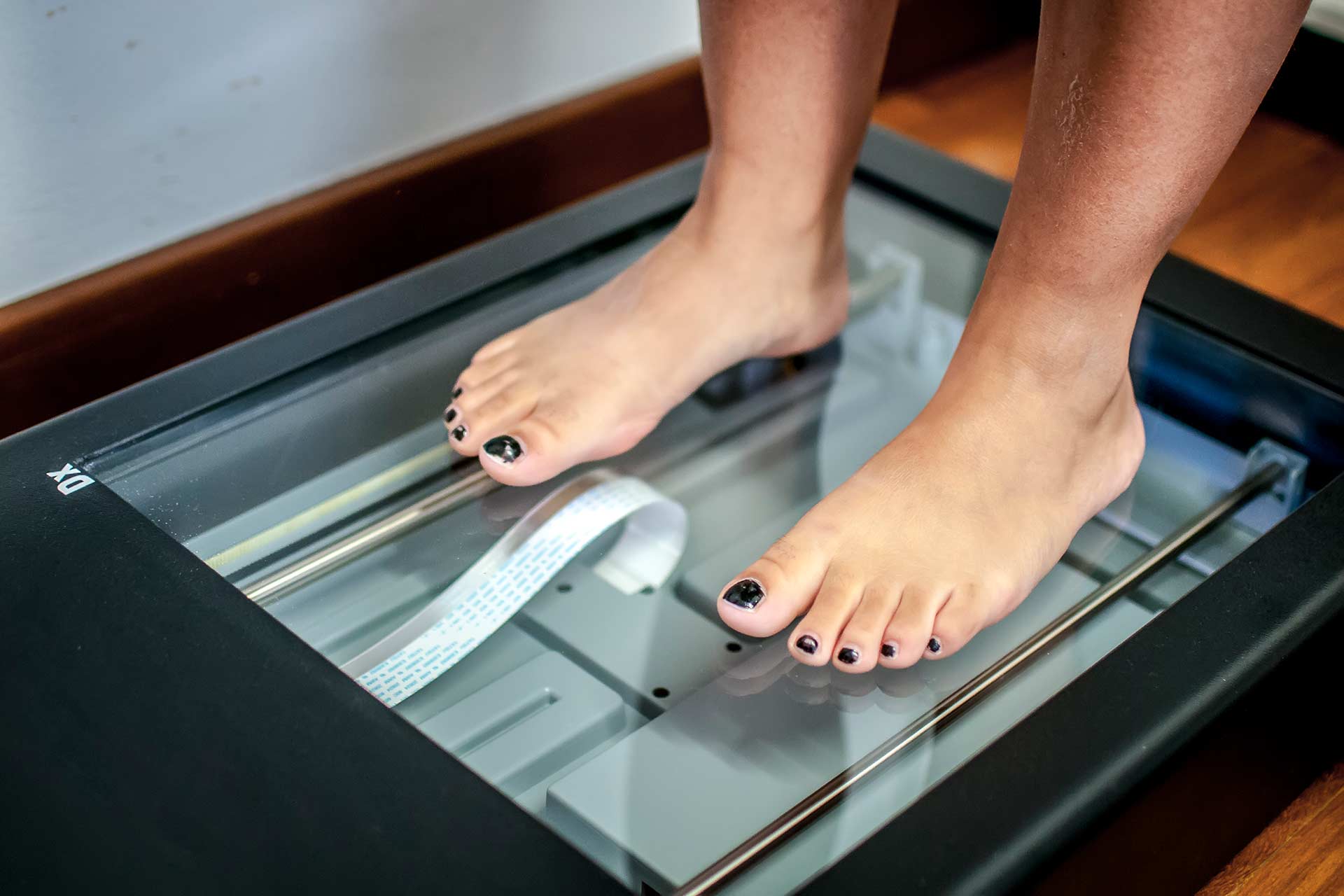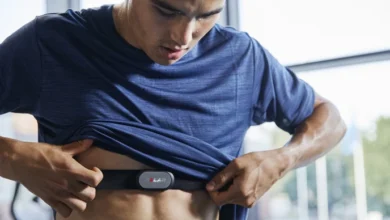Supporting Every Step A Comprehensive Guide to Insoles for Flat Feet
Table of Contents
Introduction:
Flat feet, also known as fallen arches, can cause discomfort, pain, and even affect your overall posture and mobility. Whether you have genetically flat feet or acquired them due to factors like aging, injury, or excessive weight, finding the right support is essential for maintaining foot health and enhancing comfort. Insoles for flat feet offer a solution by providing additional arch support, cushioning, and alignment to alleviate discomfort and promote proper foot function. In this comprehensive guide, we will explore everything you need to know about insoles for flat feet, including their benefits, types, fitting process, maintenance tips, and how they can improve your quality of life.
Understanding Flat Feet and the Role of Insoles

- Definition and Characteristics: What are flat feet, and what are the common symptoms associated with this condition?
- Causes and Risk Factors: Exploring the factors that contribute to including genetics, age, obesity, pregnancy, and certain medical conditions.
- Effects on Foot Health: How flat feet can affect foot alignment, posture, gait, and lead to issues such as arch pain, heel pain, plantar fasciitis, and overpronation.
- Role of Insoles: Introducing the purpose of insoles for in providing support, stability, and cushioning to reduce strain and discomfort.
Benefits of Insoles for Flat Feet

- Arch Support: How insoles for provide targeted support to the arches, lifting and redistributing weight evenly across the foot.
- Shock Absorption: The role of cushioning materials in insoles for in absorbing impact forces during walking, running, or standing, reducing stress on the feet and lower limbs.
- Alignment and Stability: Benefits of insoles for in promoting proper foot alignment, reducing overpronation, and enhancing stability and balance.
- Pain Relief: How insoles for can alleviate common sources of foot pain, including arch pain, heel pain, plantar fasciitis, and metatarsalgia.
Types of Insoles for Flat Feet

- Off-the-Shelf Insoles: Overview of ready-made insoles for available in retail stores or online, and their features, materials, and design options.
- Custom-Made Insoles: Explanation of custom-made insoles for which are tailored to the individual’s foot shape, arch height, and specific needs.
- Full-Length versus 3/4 Length: Comparison of full-length insoles that cover the entire foot versus 3/4 length insoles that provide targeted support to the arch area.
- Material Options: Common materials used in insoles for including foam, gel, silicone, memory foam, EVA (ethylene-vinyl acetate), and carbon fiber.
Choosing the Right Insoles for Flat Feet

- Considerations: Factors to consider when selecting insoles for flat feet, including foot type, severity of symptoms, activity level, and footwear compatibility.
- Arch Height and Support: Guidelines for determining the appropriate level of arch support needed based on the individual’s arch height and foot shape.
- Cushioning and Shock Absorption: How to choose insoles with adequate cushioning and shock absorption properties to provide comfort and reduce impact.
- Size and Fit: Tips for selecting the correct size and ensuring proper fit, including trimming and adjusting insoles to fit different types of footwear.
Fitting Process and Adjustment

- Fitting Process: Step-by-step instructions for fitting insoles for flat feet to your footwear, including removing the existing insoles, placing the inserts correctly, and adjusting the fit as needed.
- Adjustment Period: Tips for gradually acclimating to insoles for allowing your feet to adjust to the new support and cushioning over time.
- Fine-Tuning: How to fine-tune the fit and comfort of insoles for, including adding additional padding or arch support inserts as needed.
Maintaining and Caring for Insoles for Flat Feet
- Cleaning: Proper cleaning techniques for maintaining the hygiene and longevity of insoles for flat feet, including hand washing and air drying.
- Deodorizing: Tips for preventing and eliminating odors in insoles for, such as using odor-neutralizing sprays or inserts.
- Replacement: Signs that indicate it’s time to replace your insoles for, including visible wear and tear, loss of support, or changes in comfort level.
- Storage: Guidelines for storing insoles for when not in use, including keeping them in a cool, dry place away from direct sunlight and moisture.
Testimonials and Success Stories
- Real-Life Experiences: Personal anecdotes and testimonials from individuals who have experienced the benefits of insoles for , including improved comfort, reduced pain, and enhanced mobility.
- Success Stories: Stories of individuals who have found relief from foot pain, improved their quality of life, and regained their active lifestyle with the help of insoles for
Section 8: Frequently Asked Questions (FAQs)
- Can insoles for flat feet be transferred between different pairs of shoes?
- Are insoles for suitable for individuals with other foot conditions, such as high arches or plantar fasciitis?
- Can insoles for be worn during sports activities such as running, basketball, or hiking?
- How long does it take to get used to wearing insoles for?
- Where can I purchase insoles for , and how much do they cost?
Conclusion:
Insoles for flat feet offer a simple yet effective solution for alleviating discomfort, improving foot function, and enhancing overall foot health and mobility. By understanding the benefits, types, fitting process, maintenance tips, and real-life success stories outlined in this
For More Information Please Visit These Websites Craiyon And Arturia






One Comment